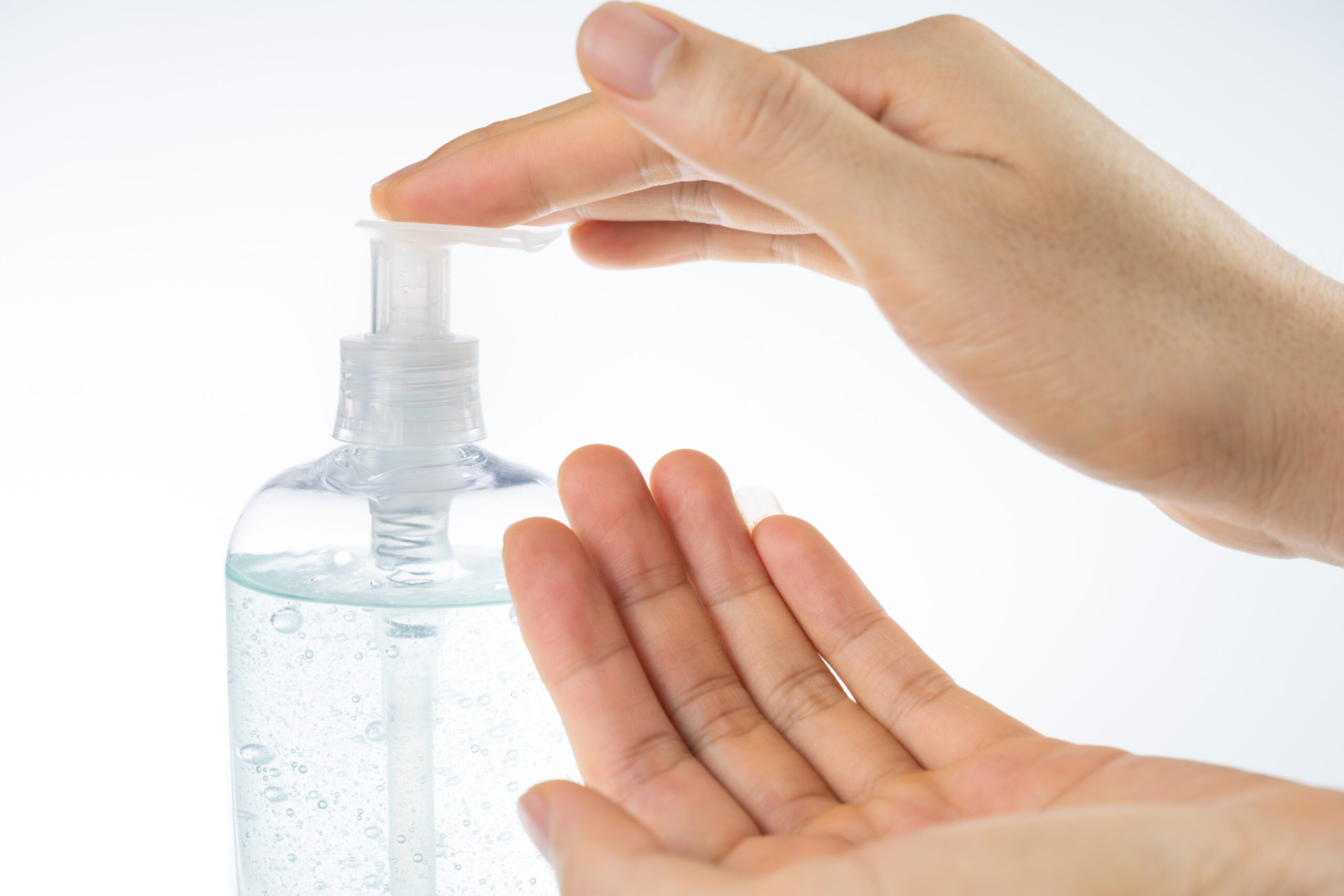The efficacy of alcohol-based hand sanitisers depend on how they are being applied.
Since COVID-19 forced all of us into lockdown, alcohol-based and non-alcohol-based hand sanitisers have probably been the most researched topic by manufacturers as well as consumers. For many reasons, alcohol-based hand sanitisers are the preferred type, but it is important to keep in mind that its efficacy is dependent upon which and how much product is being used, the proper technique of how it is being used, and the consistency of use.
Alcohol act by denaturing microbial proteins and are most effective at concentrations of 60 – 80%. Concentrations higher than 80% alcohol are less potent because proteins are not easily denatured in the absence of water – this is one of those instances where more is not necessarily better! In most cases, the efficacy of ethanol and isopropanol are comparable, though ethanol has been found to be more efficacious against viruses.
Though ethanol hand sanitisers are extremely effective in preventing the spread of many viral-based and bacterial-based diseases (including rhinovirus which is the most frequent cause for the common cold), the anti-bacterial effect is very short-lived. However, the addition of organic acids to the ethanol seems to extend the residual viral activity for as much as 4 hours.
Not all infections can be prevented by using alcohol-based hand sanitisers. Its efficacy depends on the type of microorganism.
The efficacy is also very dependent of how it is applied to the hands – responsible application for proper disinfection would be to apply about 2.4 – 3 ml to the palm of the hand and rubbing it all over the surfaces of both hands until they are dry (25 – 30 seconds) to achieve proper hand disinfection.
By using less than the prescribed required alcohol-based rub, and applying it in less than 30 seconds, the risk of infection increases.
For health and food workers that often have to disinfect or wash their hands as often as 30 times per shift, alcohol-based hand sanitisers are often less irritating than detergents to hands provided they contain some emollients and other skin conditioners to minimise skin damage, dryness and irritation. The addition of 2% CustoTaine TMG (INCi name is Betaine) a versatile active for hair and skin, moisturises for as much as 24 hours, protecting and leaving the skin soft and smooth without leaving a sticky feeling.
Alcohol-based gels are favoured by most health organisations and are therefore perceived to be more credible than non-alcohol-based hand sanitisers. However, the active ingredient, benzalkonium chloride, which is used in most alcohol-free hand sanitisers is non-flammable and can be used at low concentrations. It is relatively non-toxic, much easier on the hands and continue to provide protection well after the solution has dried.

